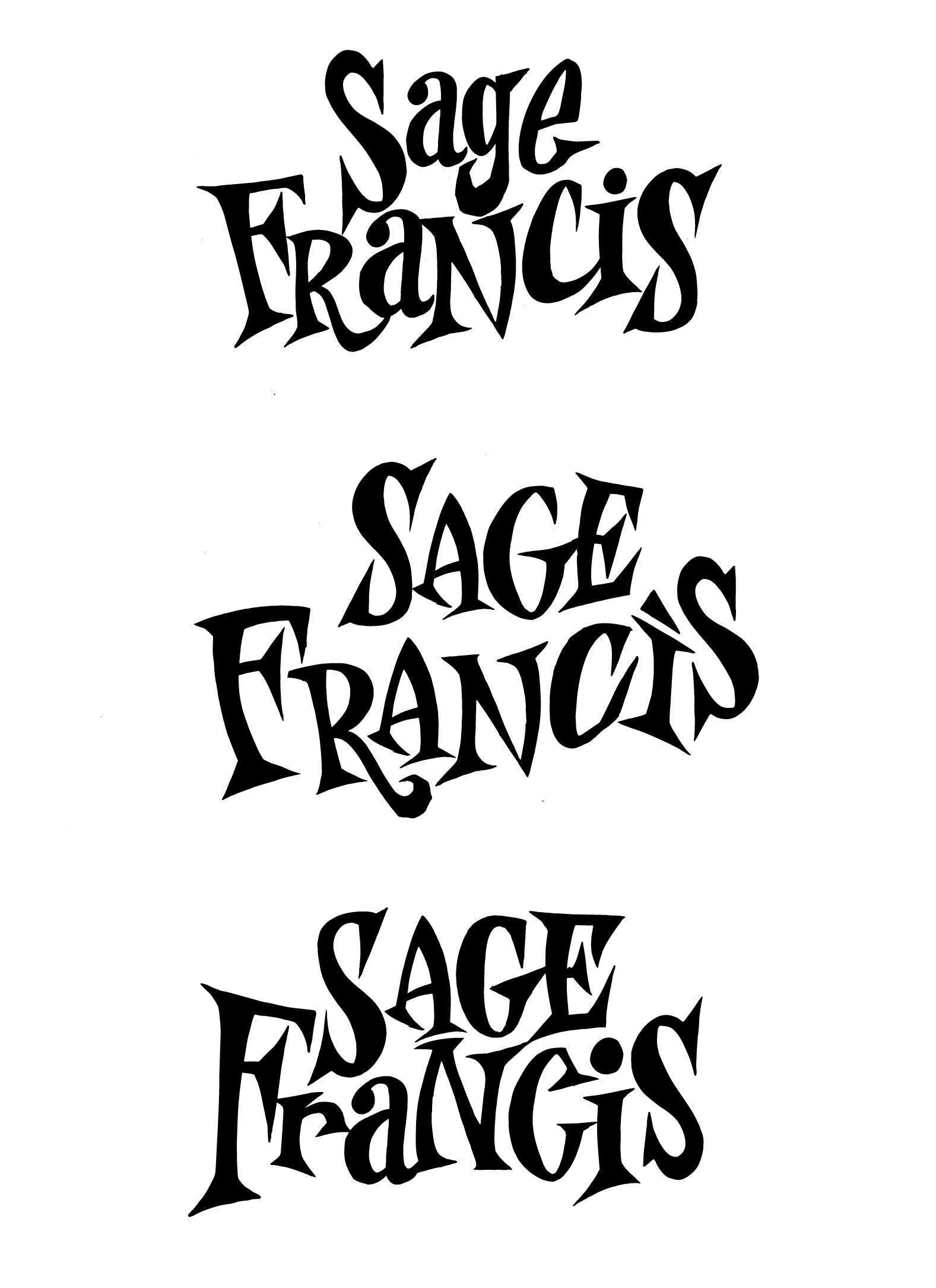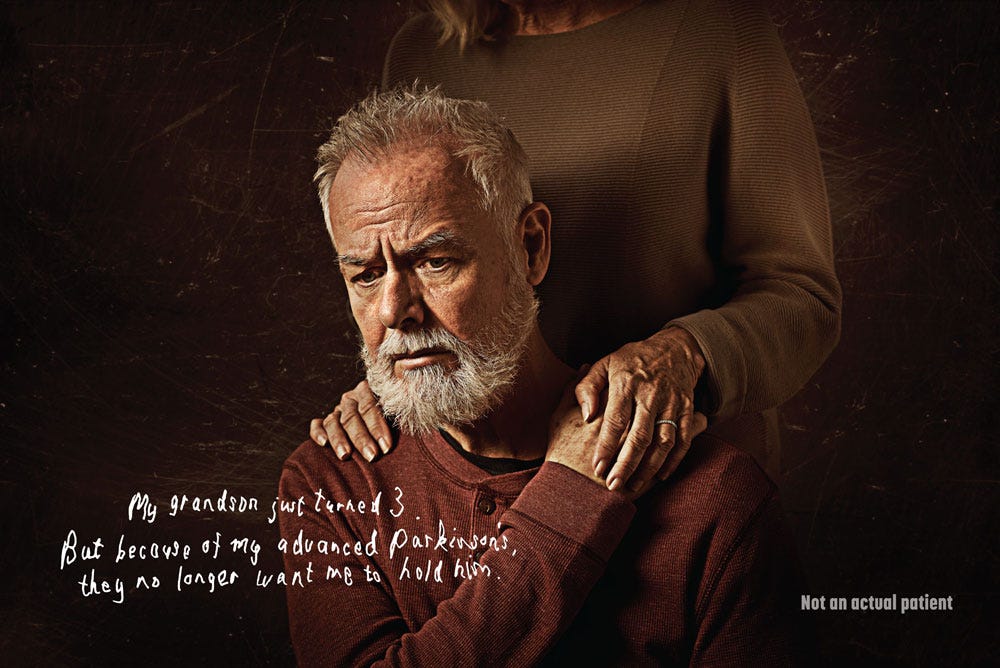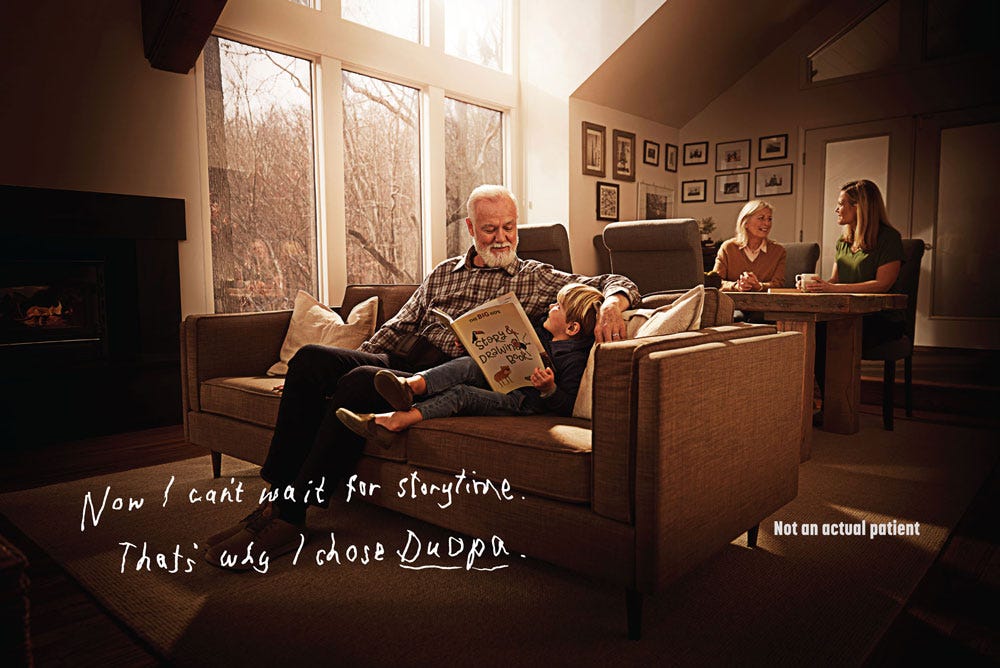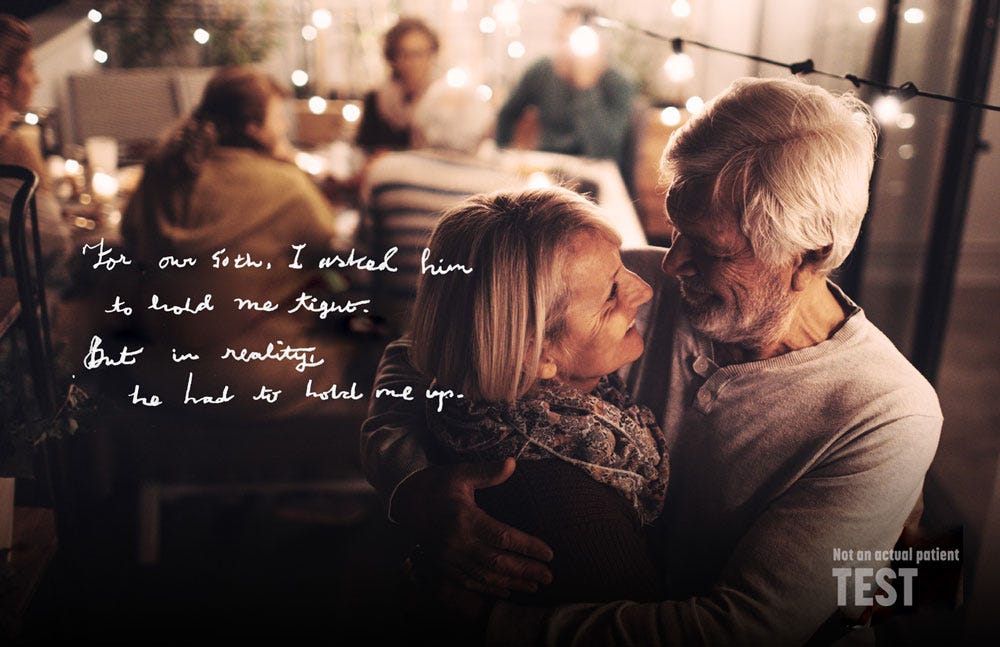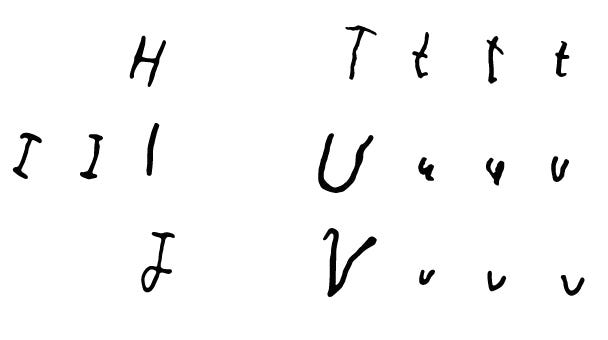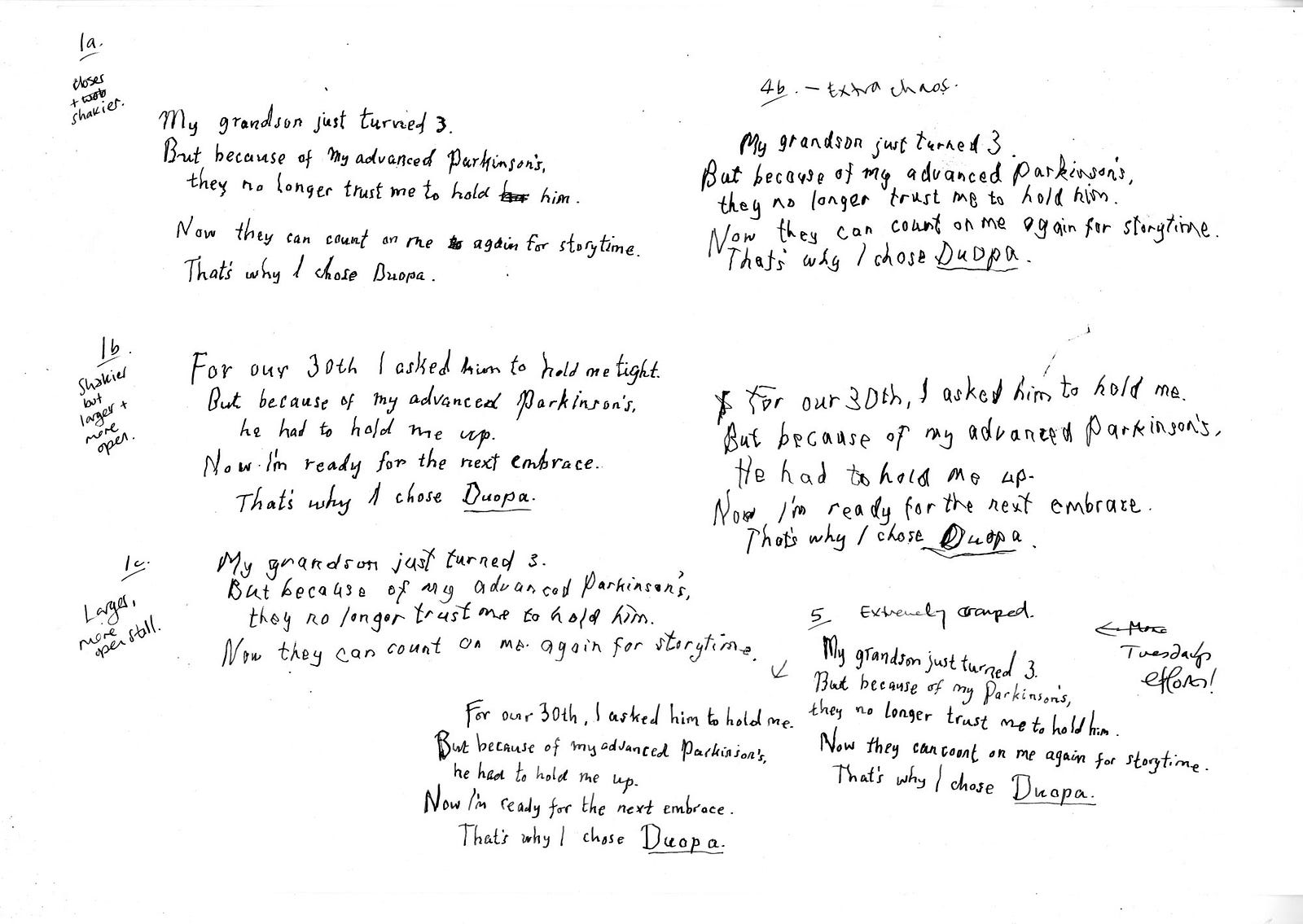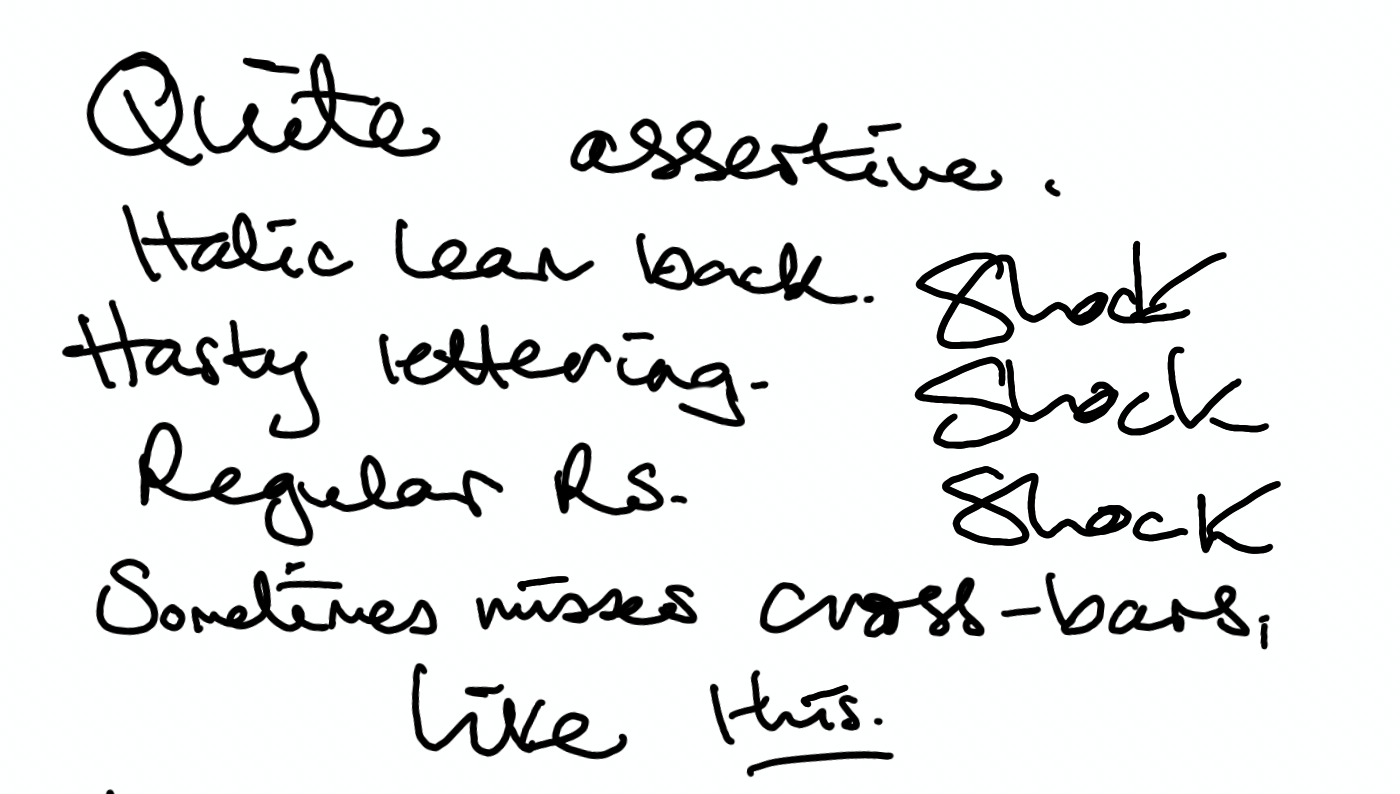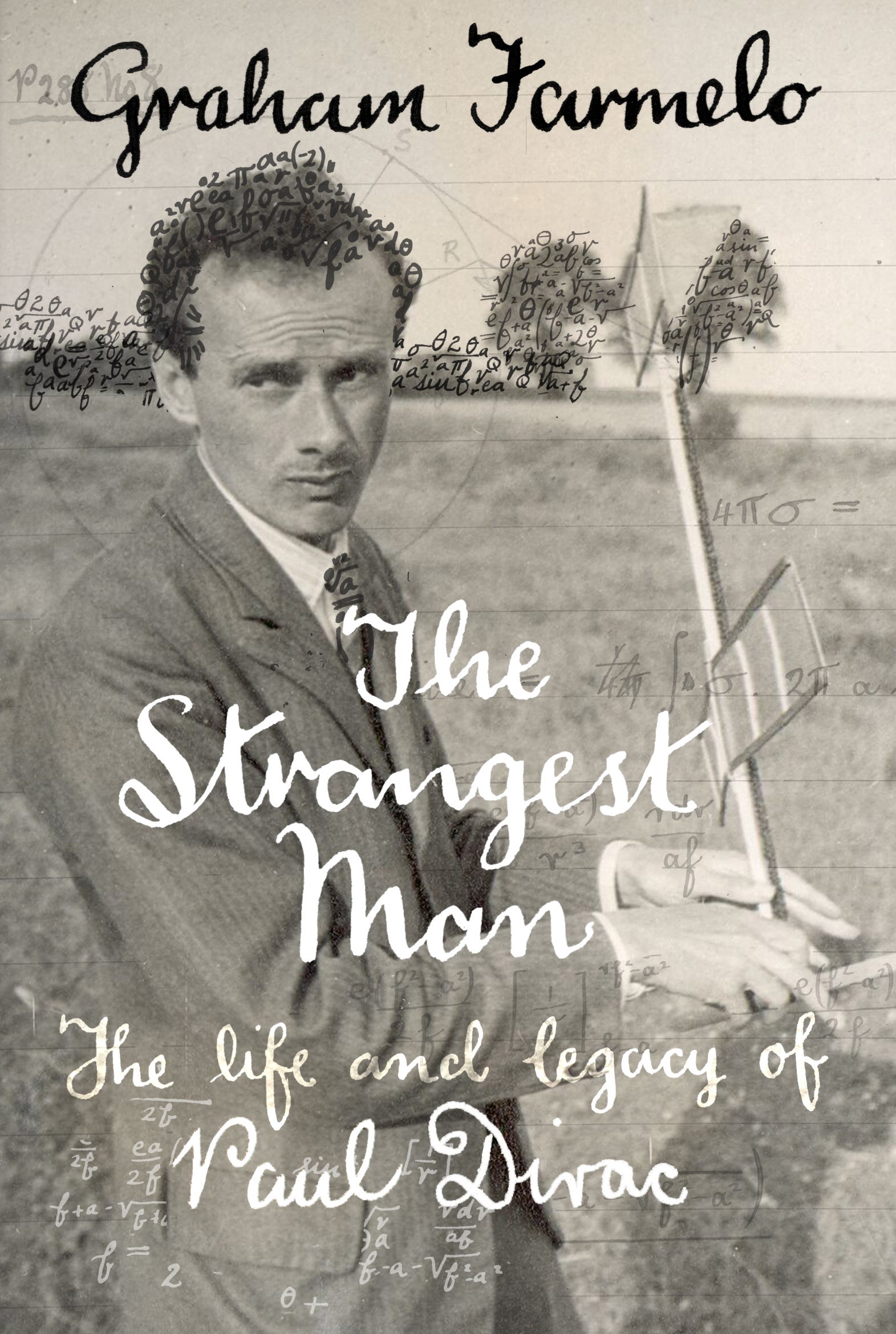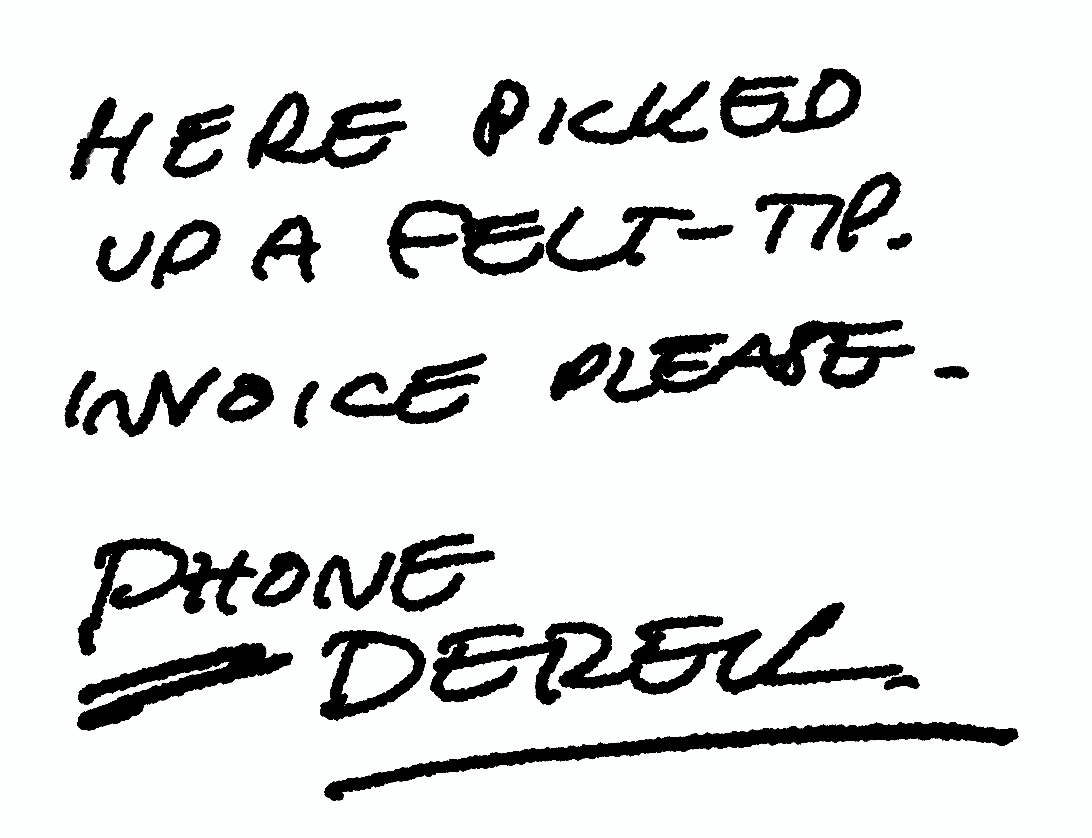Artist, record label boss and rapper Sage Francis has just unveiled his new logo, over 20 years since I first fell in love with his records, 18 years since I did the biggest art project of my life on his work, 16 years since I did a piece of art that wasn’t meant to be a logo but became one, 17 years since I did his first proper ‘new logo’, and ten years since I designed him another ‘new logo’. Like the artist himself, this is a logo — and a relationship — that doesn't stay still!
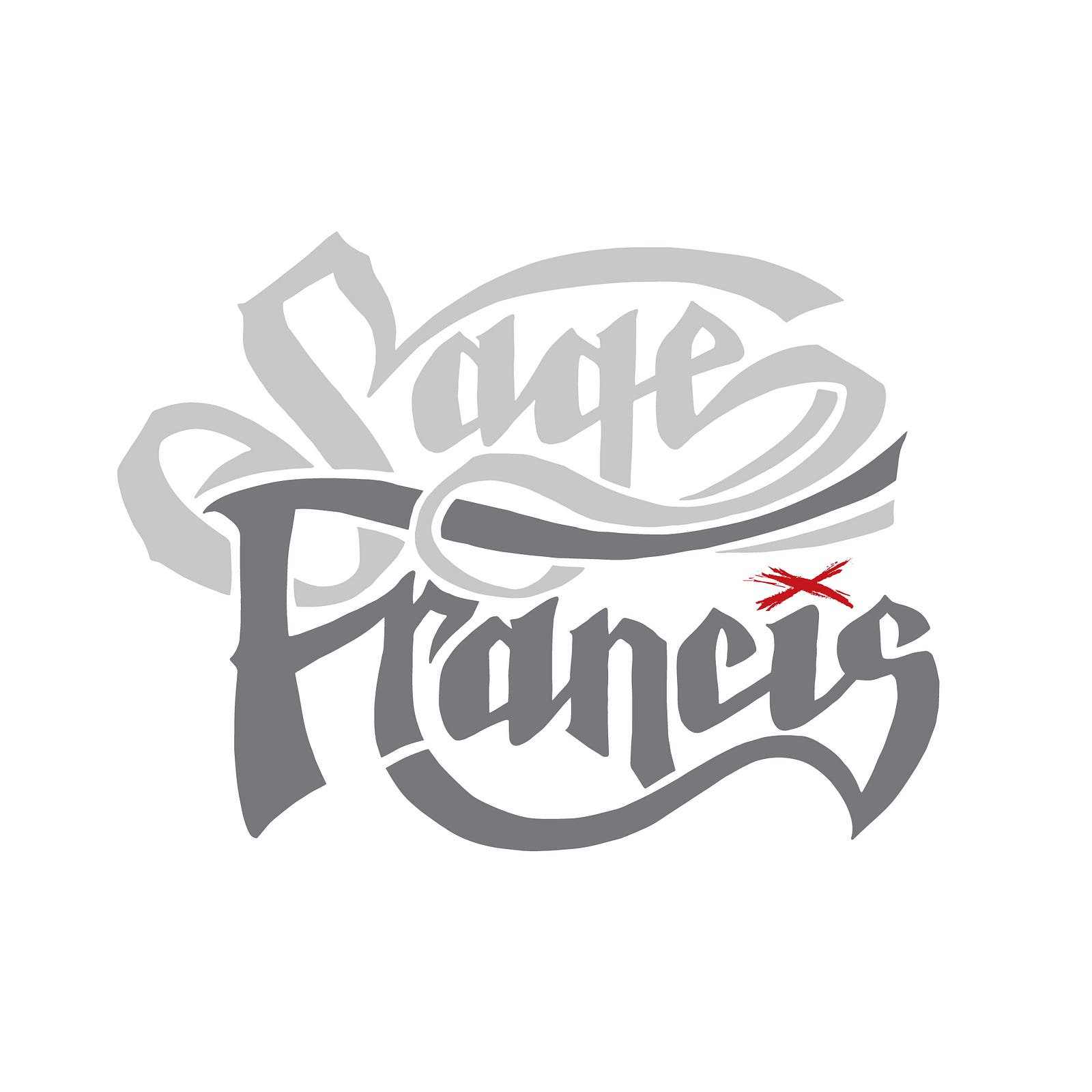
We never sat down to do a logo, to brainstorm or sign an NDA or moodboard or A/B test or anything else. It’s been a fully organic journey. The first one was actually a piece specially created for the 2007 Manhattan outing of our big Sage-inspired show, If A Girl Writes Off The World (a pre-Adobe Dreamweaver-built site will open up. I built it myself and it’s so poignantly 2007). It was picked up and put onto some of the hoodies in Sage’s Strange Famous merch range — best-sellers at that. Detailed and writhing, it was made with a very fine Nikko-G nib and black ink. The original is actually very small, and framed in our hallway.

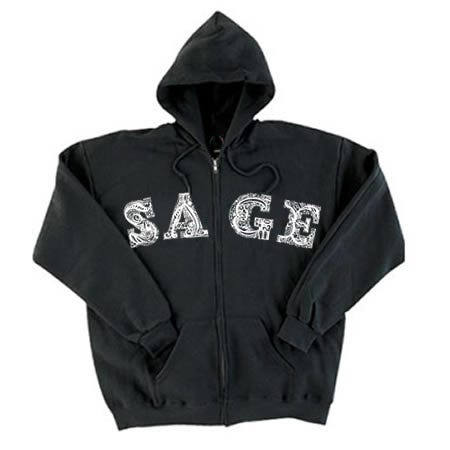
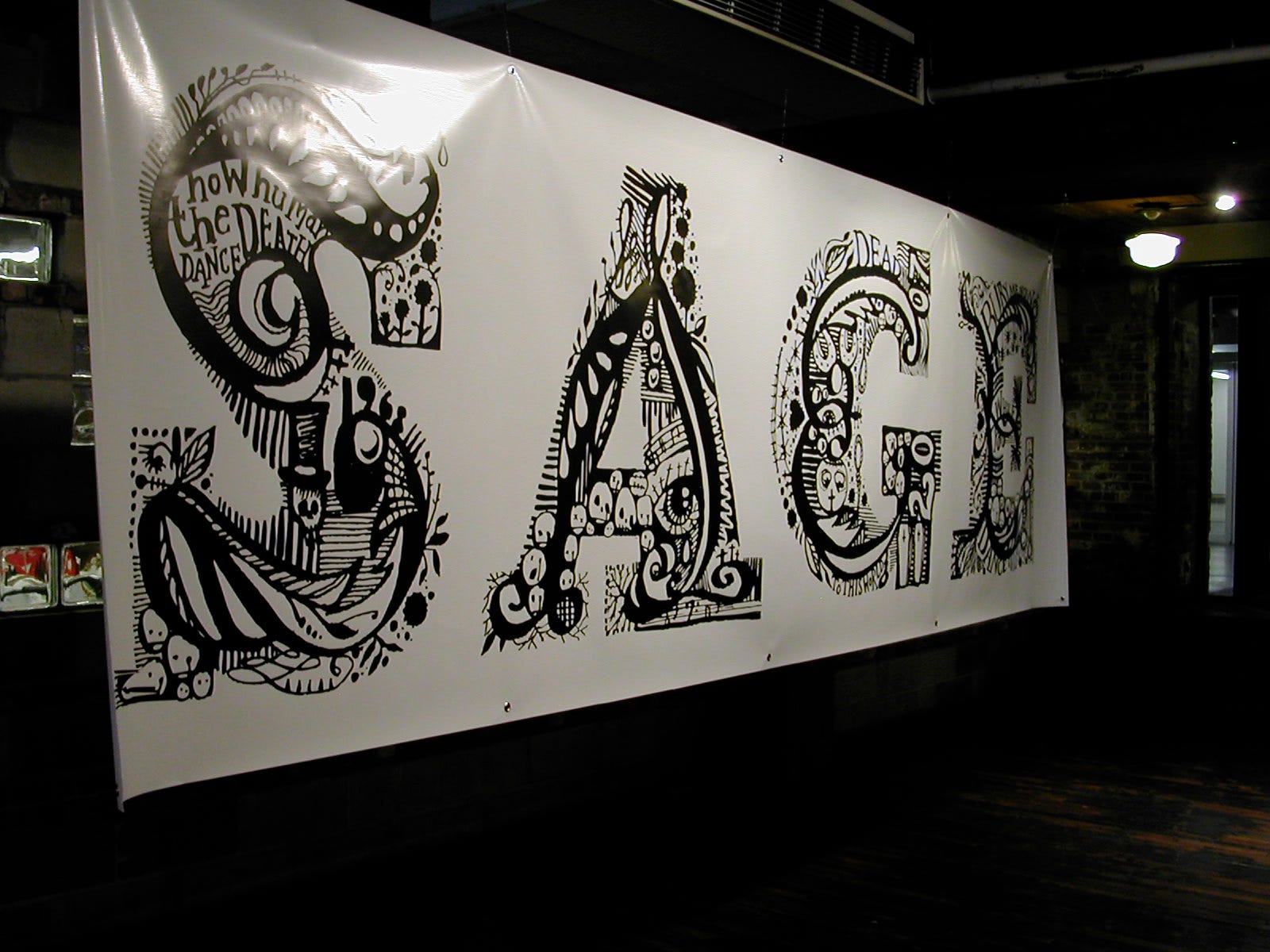
The second was kind of accidental as it was made for the cover of Sage’s 2007 album Human The Death Dance. It just kind of…started to get used on things, posters, ads, posts and merch. In the way that a logo does, I suppose. Made with an inkpen and nib, it featured sad faces and a minimal slope, just designed to peer over the shoulder of the man himself, next to a watermark-like Death. With hindsight, it was flimsy and odd, but then again…unlike a lot of my formal client commisssions, I hadn’t ‘sat down to design a logo’.
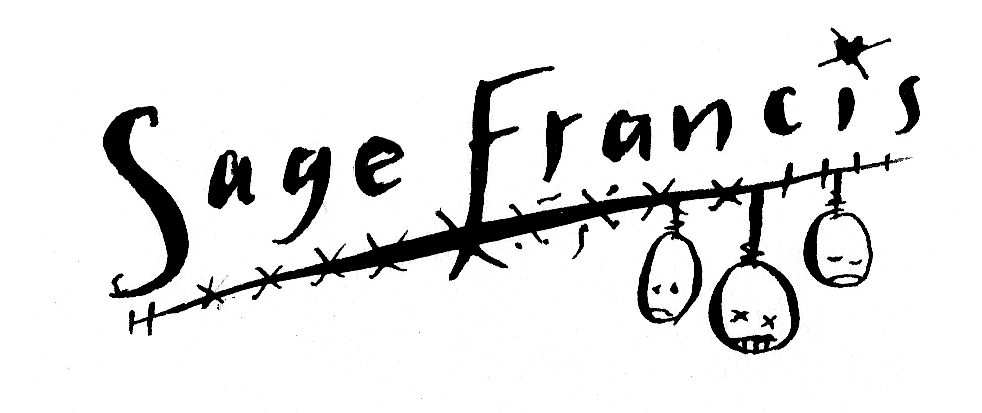
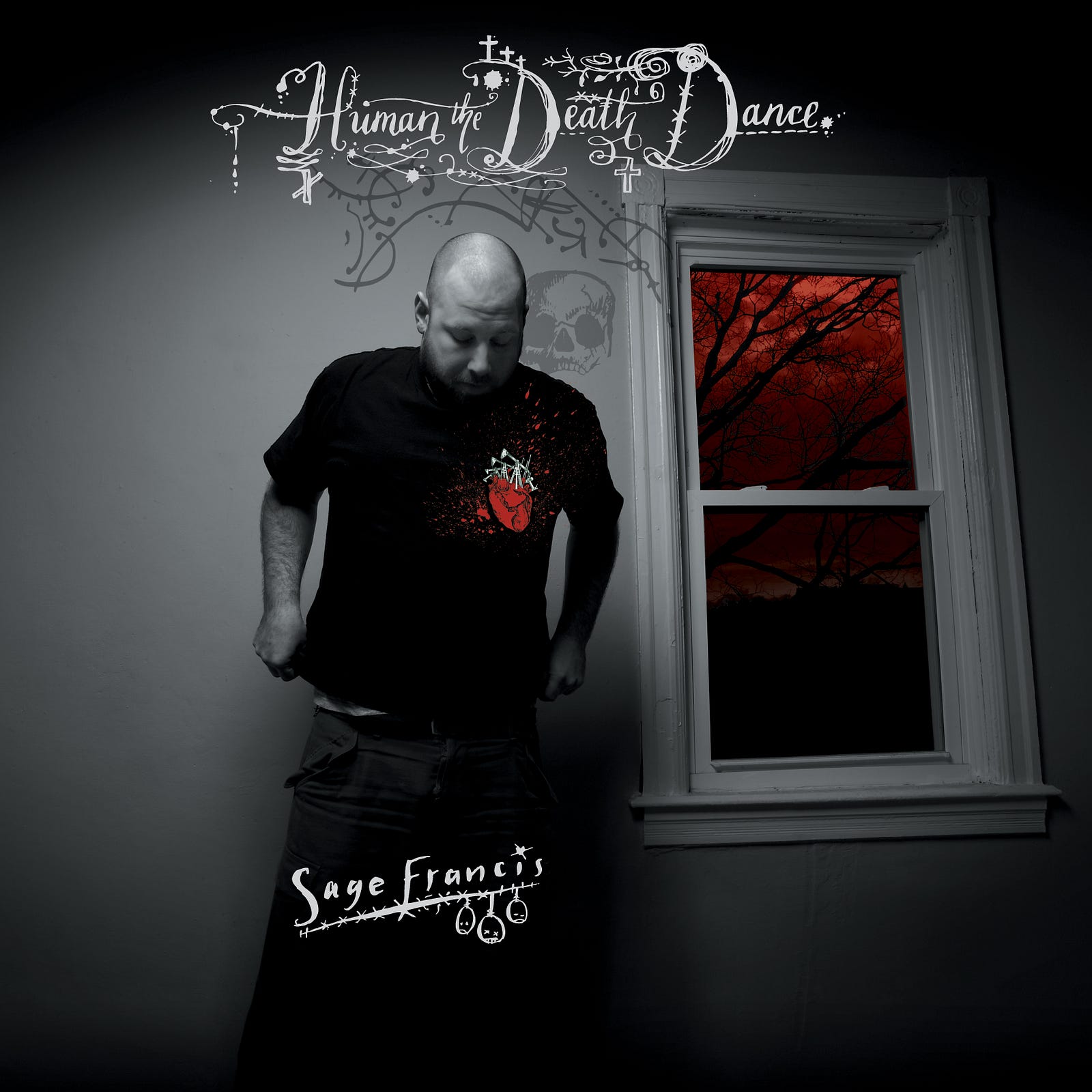
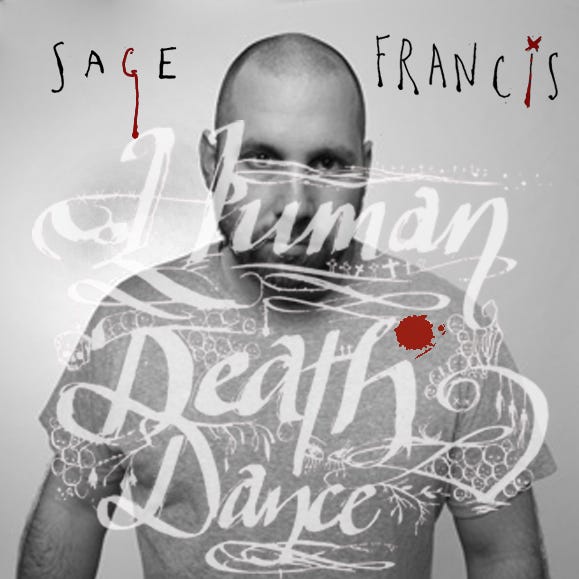
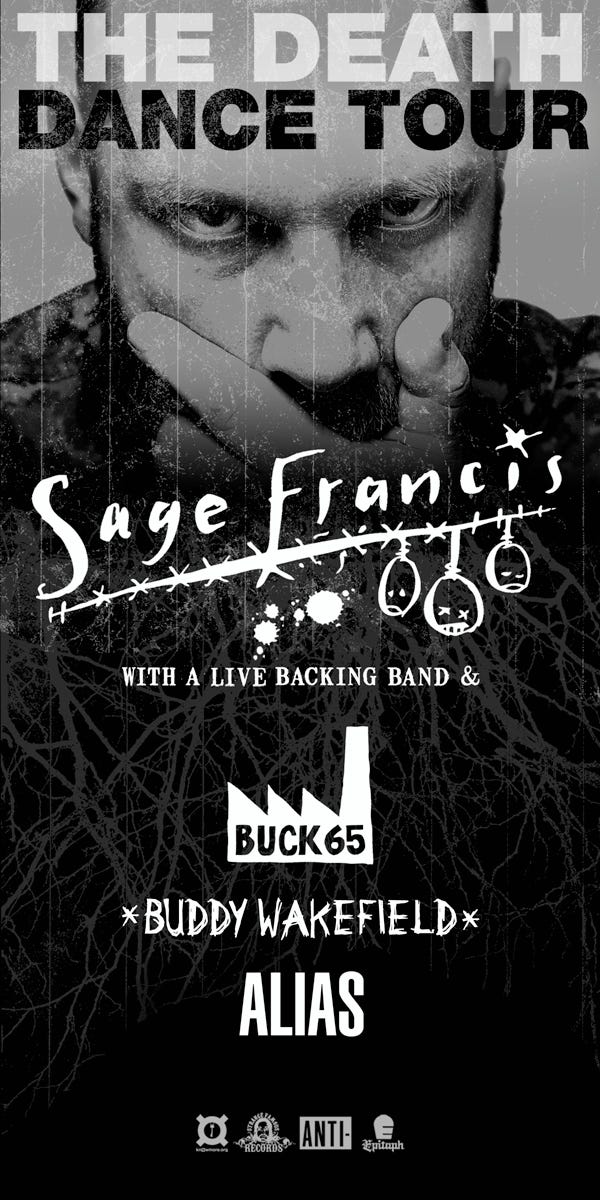
The one that came after that was also for an album, 2014’s Copper Gone. It formed part of a single piece of ink-on-paper art but once again lived a life of its own, and served as Sage’s identity for the ten years prior the current one. I almost can’t believe myself the huge spans of time I’m casually throwing around here, by the way — but those are the dates, and this is the longevity of it all.
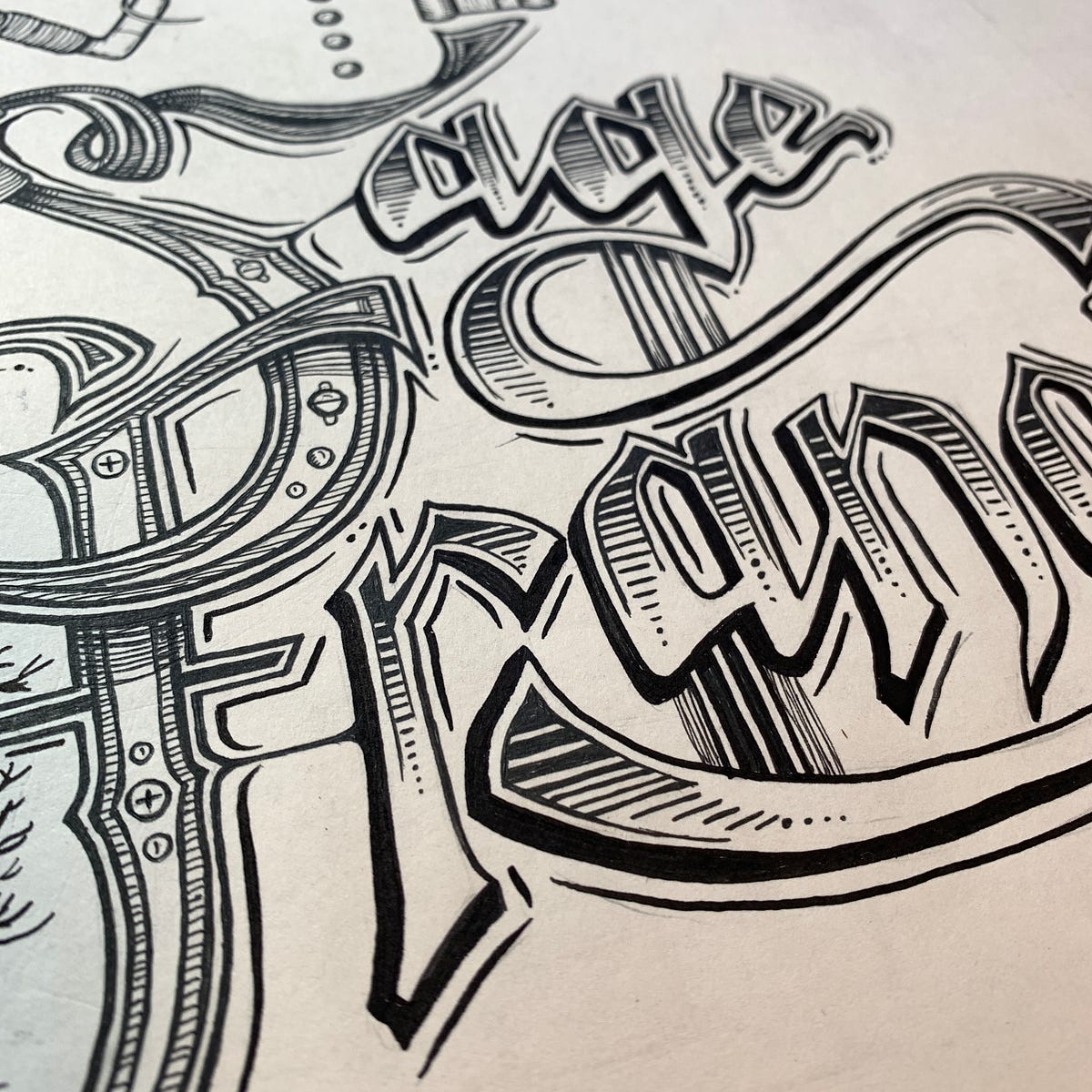
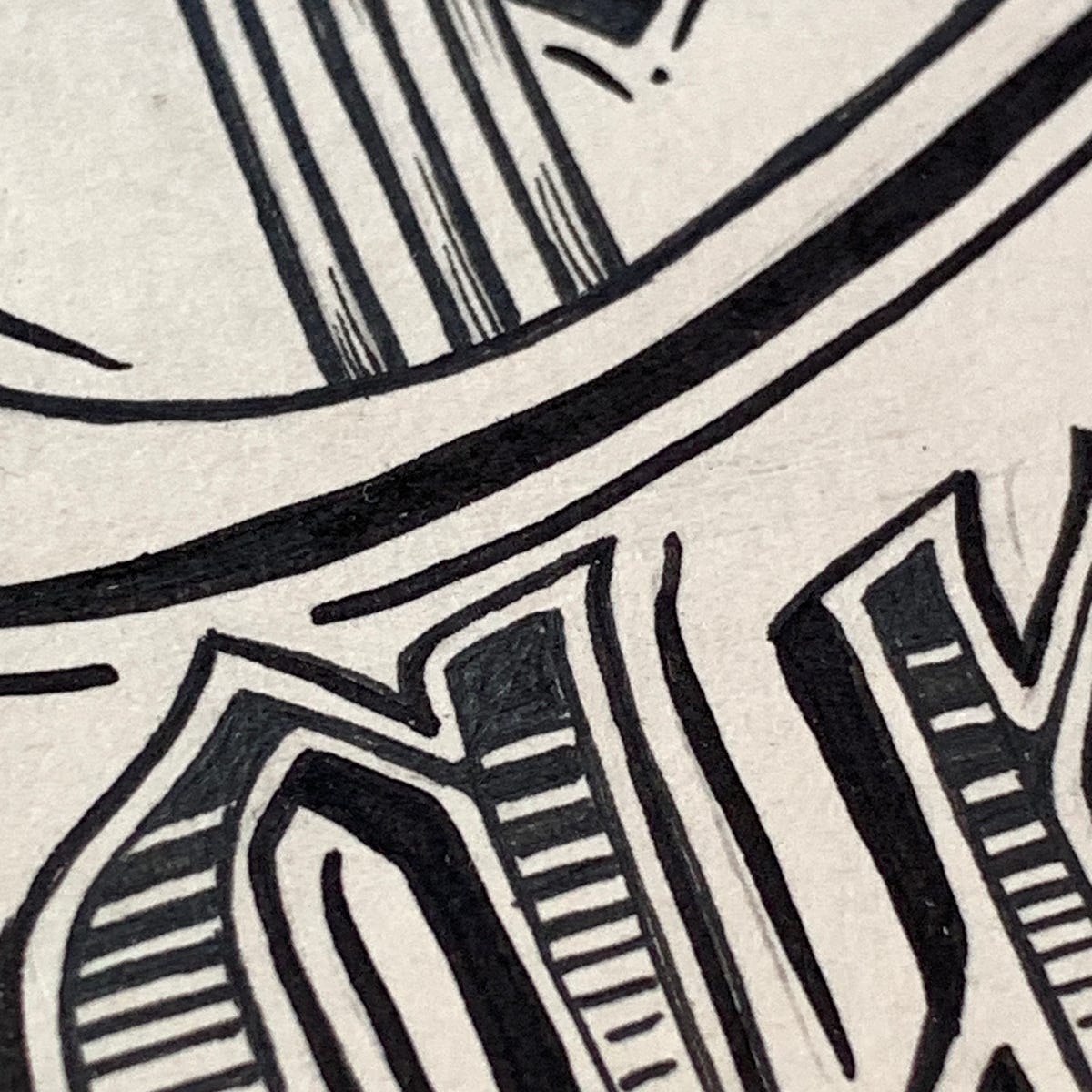
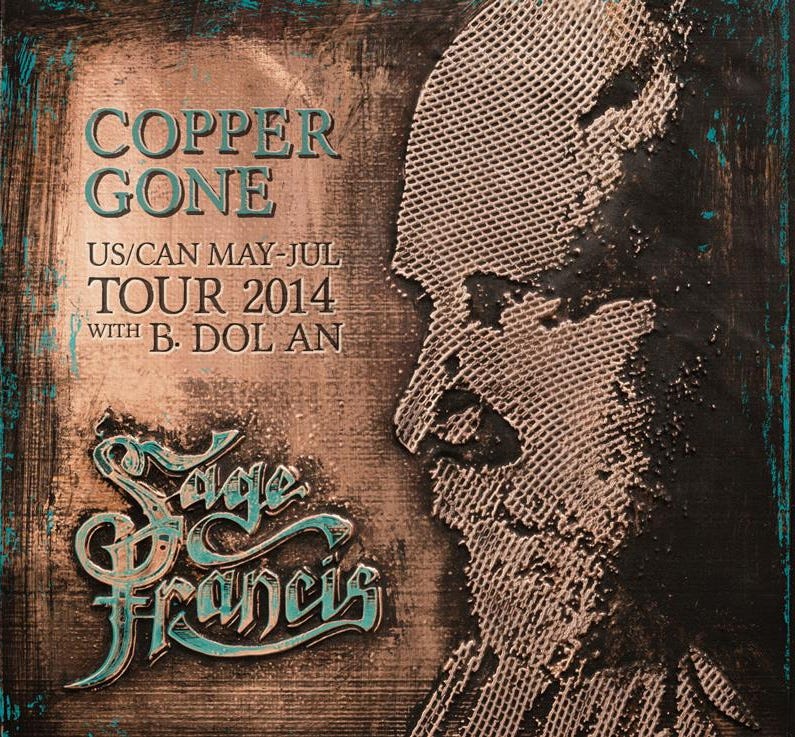
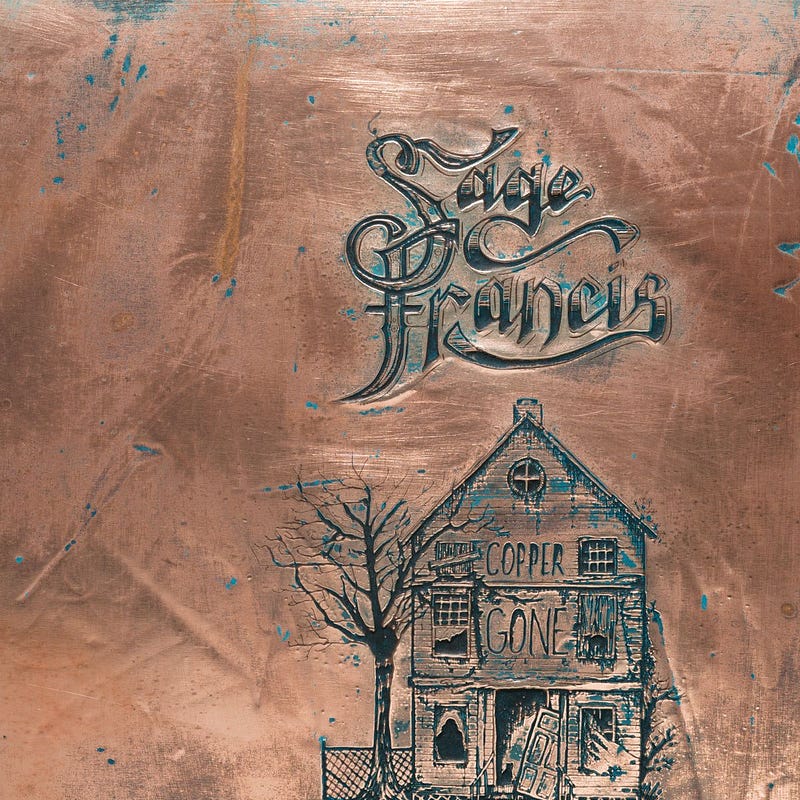
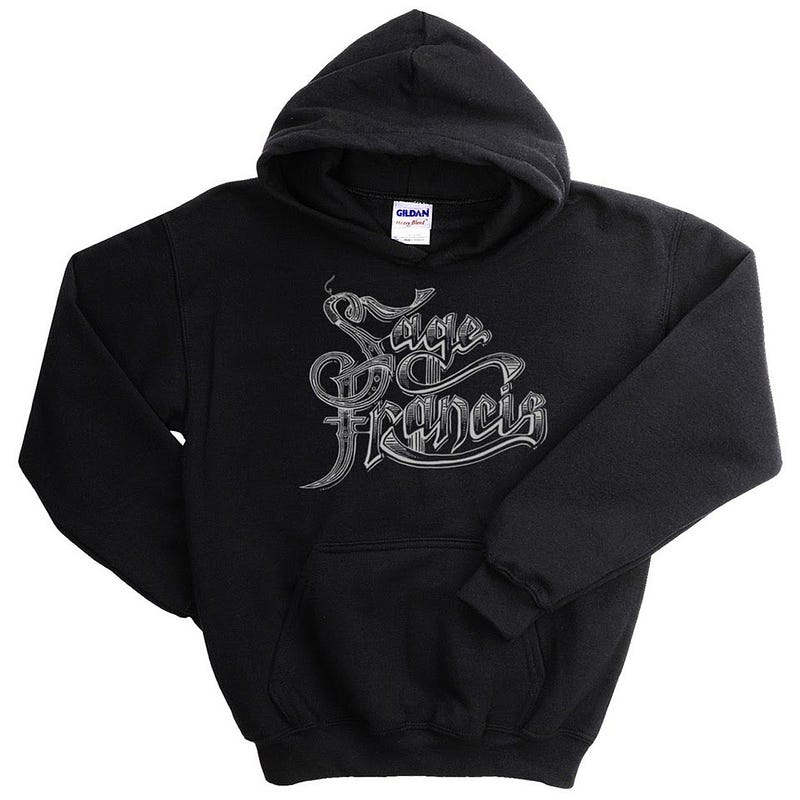
Again if I’d known at the time that this would be deployed in the way it was, there are things I’d have changed — but would it have improved anything? Not sure. Really not sure, but at some point someone filled it in and made it solid — which wasn’t a cool move, and around that time I began thinking, I really need to do that properly, or scrap it and do the whole thing again.
Eventually I did. I can’t remember whether I just did it and sent it to Sage with a note saying ‘this really needed doing’, or whether he asked — it doesn’t matter — but the outcome is this one. This time I *did* sit down to ‘make a logo’ from the roots put down by the Copper Gone iteration, but clean and clear. I faffed and tweaked and moved vector points and smoothed out bezier curves then undid it all, and repeat, eventually creating so many versions I think we actually really should have done some A/B testing. But there it is.

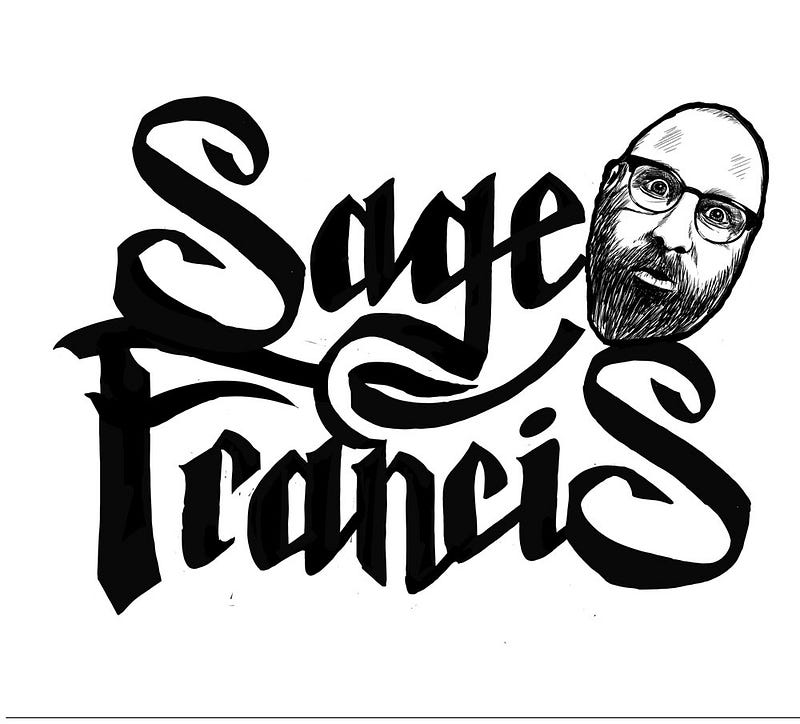

There are still things I’d change, even now, and it may or may not serve for another ten years. But I like the organic and slightly clumsy way all of these were done. They sort of ‘happened’, which is very different from the art-directed, purposeful, accountable way I do my other work.
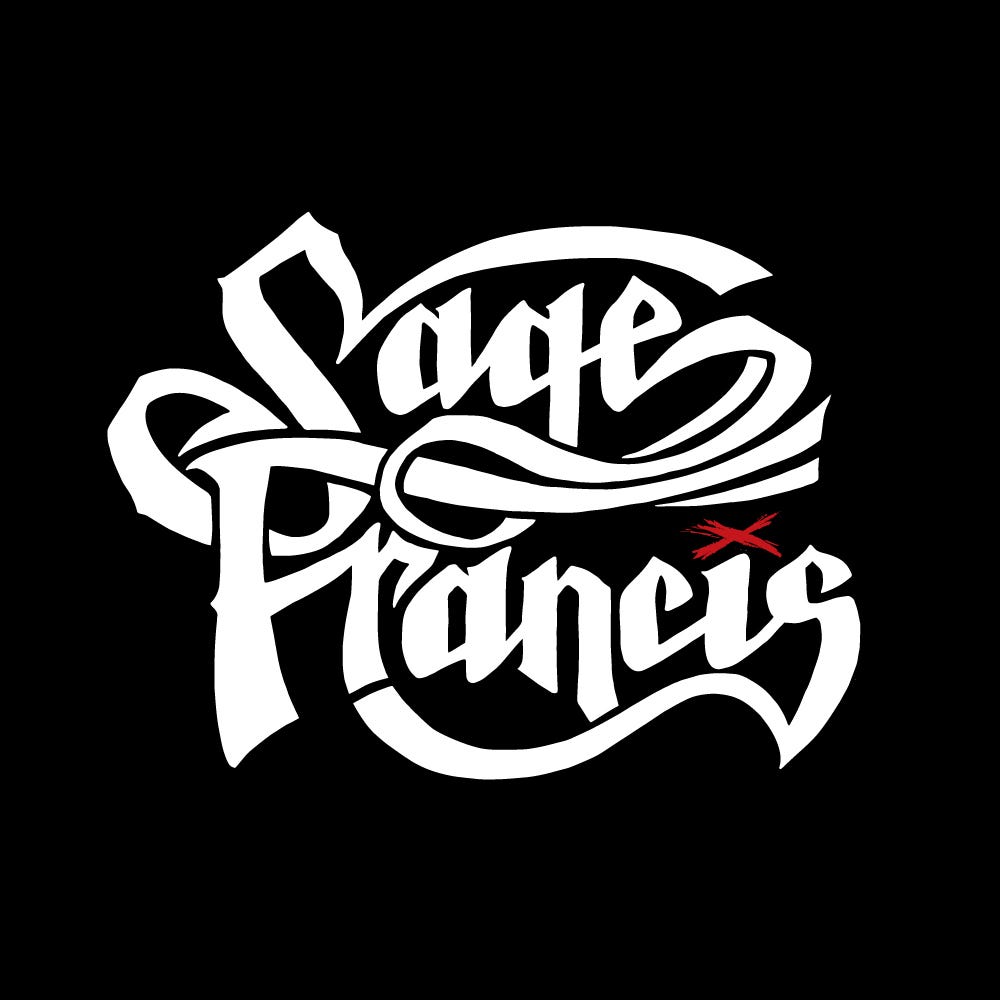
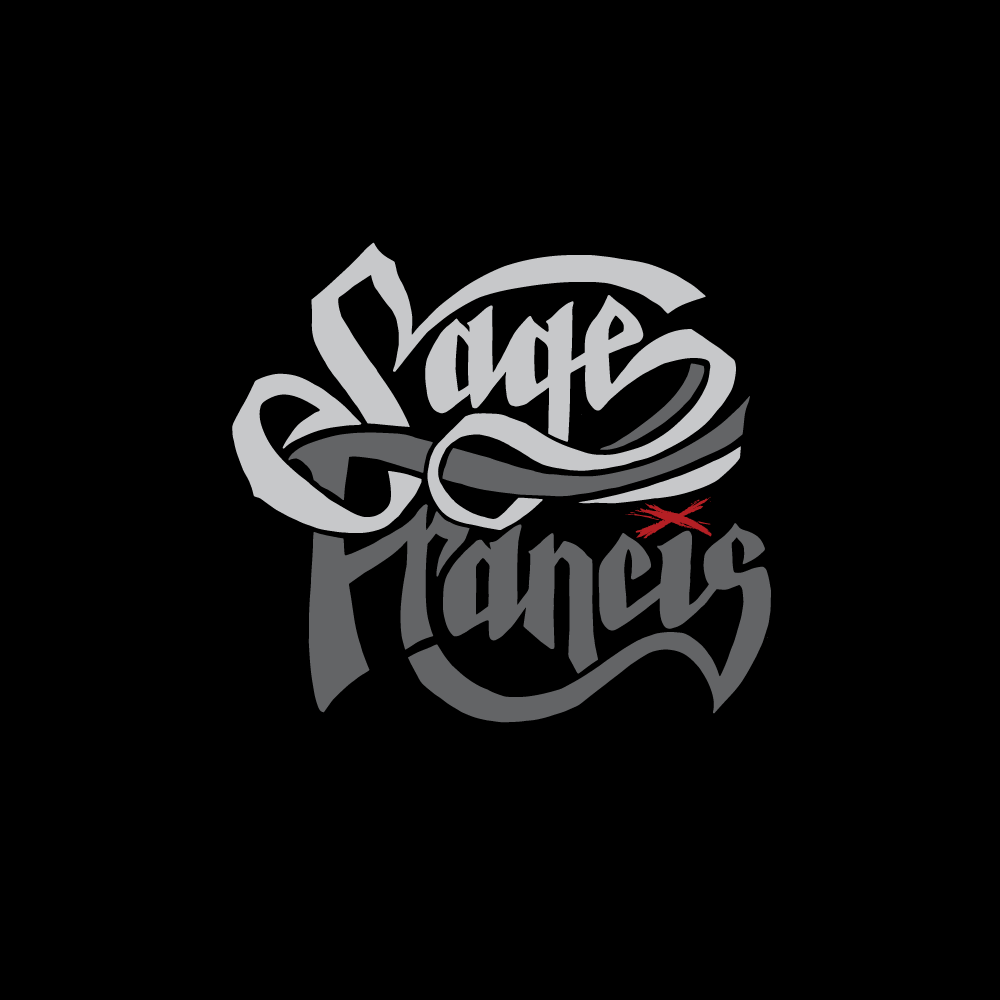
When Sage posted it to the fans, most people just loved it and started slapping money on the counter for the T shirt. Someone said ‘Francis’ reads as a completely different word. Someone else said having seen it they’re now expecting a country album (which I applauded).
I still look at it and see a curve I would change, bits I’d move, and I stare at it till I’m logo-blind. But honestly, I wouldn’t have it any other way.
Thanks Sagey for the wholesomely organic way we do things, every time.
(If you want to read more, there’s a bunch of historic blogs here).
P.S.; this one was a wild card, and Did Not Make It. Nor shall it ever…I think…
